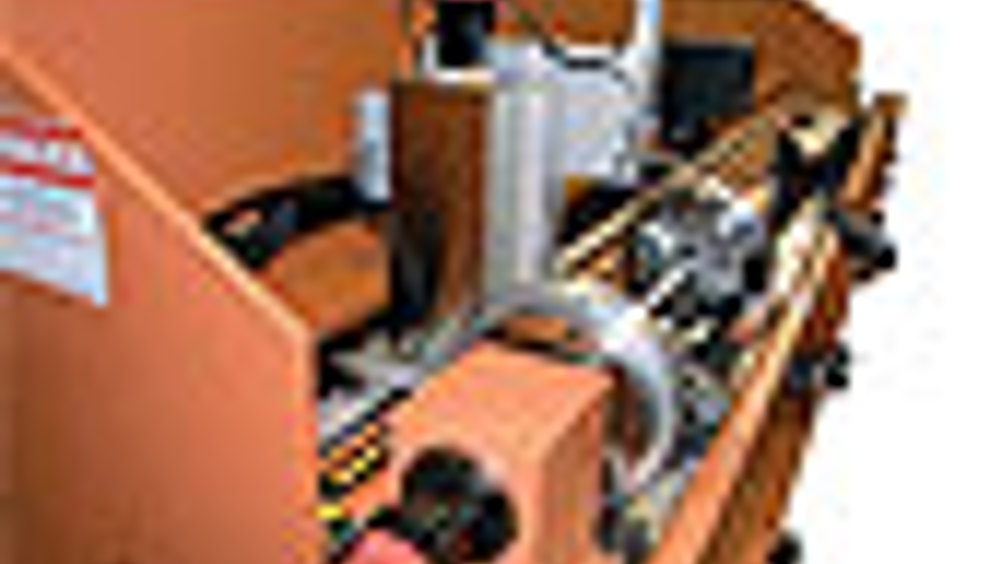Marked for life
With traceability now mandatory for many products, systems manufacturers are coming up with novel solutions for a wide variety of applications. Colin Carter reports.

With the increasing amount of global legislation on marking, traceability is not only desirable, but also mandatory for many products — especially in the event of failure or accident.
This increase has led to a demand for innovative marking systems catering for a wide range of goods. shape, size, and materials may at first seem to present problems, but for most there seems to be a solution.
A recent innovation from
combats the problem of marking smooth and/or painted surfaces, which tend to move around or be difficult to hold in place in jigs — especially if the item to be marked is regularly shaped.
The company has developed a portable vacuum system, which holds the marking head on to the part to be marked by means of an array of suction cups. The system was originally developed to mark painted steel plate, but has since been used on other components such as sheet metal and RSJs.
Register now to continue reading
Thanks for visiting The Engineer. You’ve now reached your monthly limit of news stories. Register for free to unlock unlimited access to all of our news coverage, as well as premium content including opinion, in-depth features and special reports.
Benefits of registering
-
In-depth insights and coverage of key emerging trends
-
Unrestricted access to special reports throughout the year
-
Daily technology news delivered straight to your inbox










National Gas receives funding to develop Gravitricity underground hydrogen storage system
There can't possibly ever be a '<i>business</i>' case for the <i><b>bulk</b></i> storage of hydrogen, since Green hydrogen electrolysis...